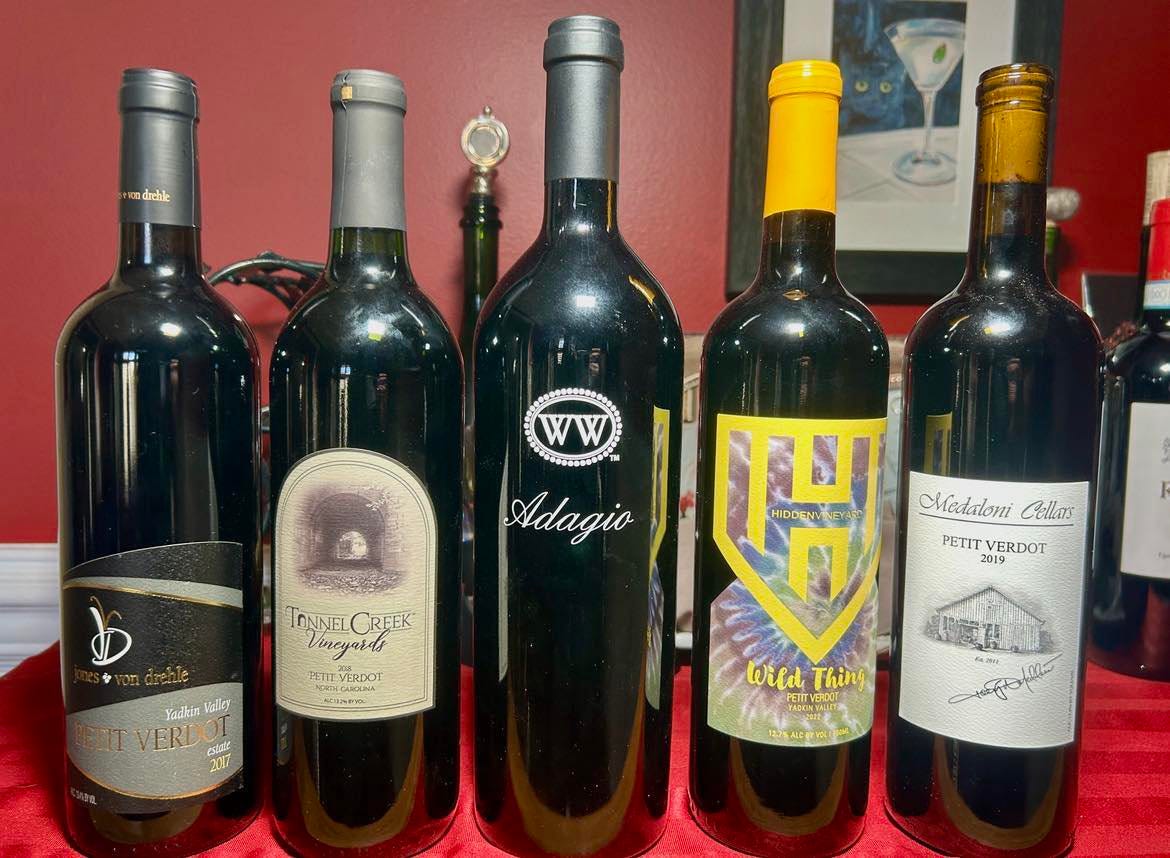Exploring the Bold Taste of Petit Verdot
By Jennifer Primrose
Move over Malbec and Pinot Noir—Petit Verdot is here to claim the spotlight! This French-born varietal, often the unsung hero in Bordeaux blends, has been making waves as a stand-alone star. With its bold, complex and intriguing character, Petit Verdot is the perfect companion for both wine newcomers and seasoned enthusiasts alike.
Petit Verdot’s history is as rich as the wines it produces. Originating in Bordeaux, this grape has long been a key player in blends, lending its deep color, firm tannins and signature floral aromas. Despite its limited role in traditional Bordeaux wines, often contributing less than 10 percent to the blend, Petit Verdot has always had the potential to shine solo. Its late-ripening nature meant it was often relegated to the sidelines in its homeland, but as winemakers across the globe began experimenting, Petit Verdot found new life in diverse climates.
From the rolling hills of California to the sun-drenched vineyards of Australia and the rugged terrains of Spain, Petit Verdot has proven its adaptability and resilience. Closer to home, states like North Carolina and Virginia are showcasing this grape’s remarkable depth and character. Winemakers are embracing Petit Verdot’s bold personality, crafting wines that rival some of the best in the world.

A Rising Star in the U.S.
In the United States, Petit Verdot is stepping out of the shadows. While it was historically used as a blending grape, a growing number of wineries are bottling it as a varietal wine, allowing its unique attributes to take center stage. Hidden Vineyard in Dobson, North Carolina, is a shining example. Its 2022 Petit Verdot, affectionately named “Wild Thing,” aged 18 months in French oak barrels, is a testament to the grape’s potential.
Keep reading with a 7-day free trial
Subscribe to Screw it Wine, Spirits & More to keep reading this post and get 7 days of free access to the full post archives.




